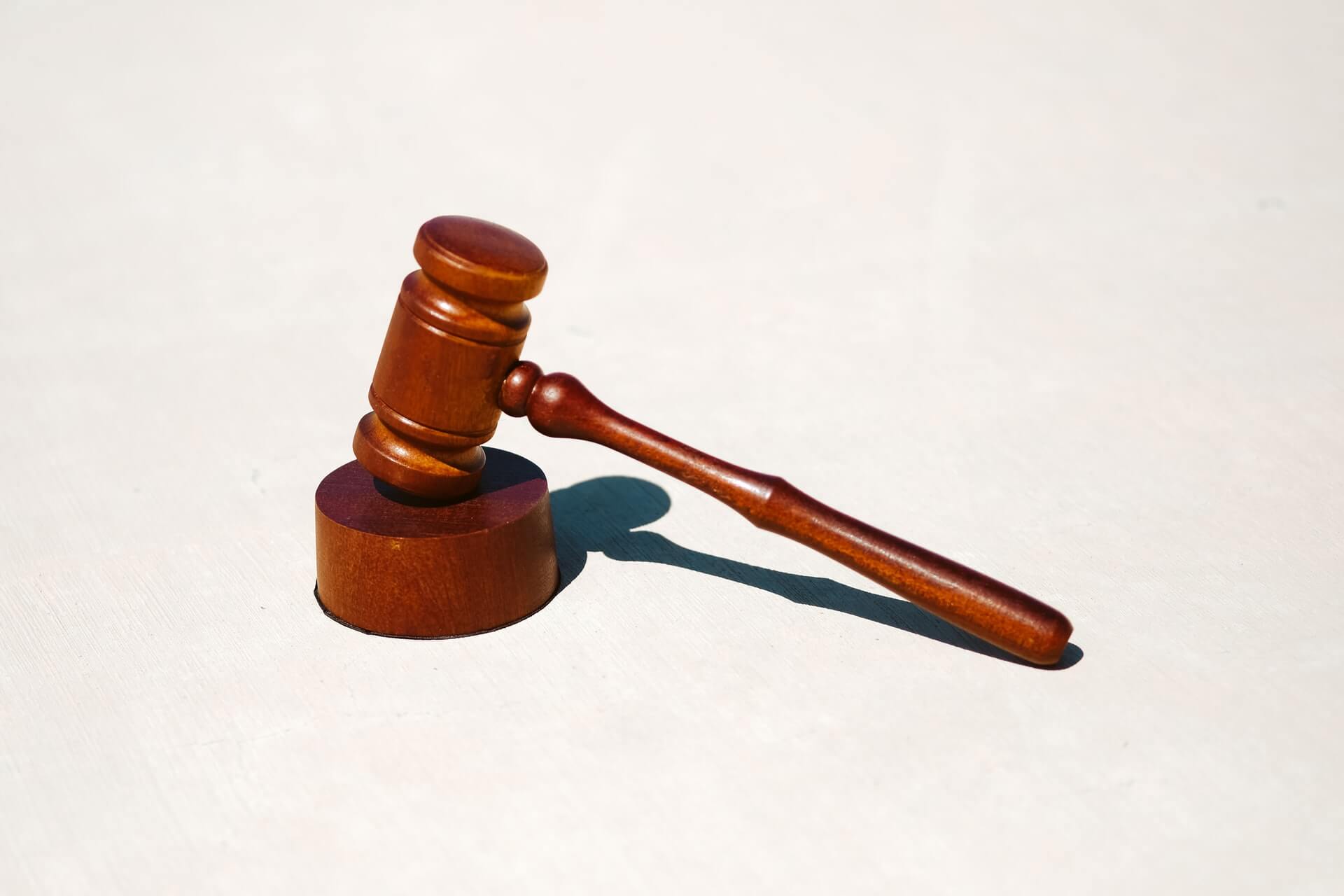Establishing responsibility
To understand how fire safety legislation will apply to your business, you first need to understand who is responsible for maintaining fire safety within your organisation.
The Regulatory Reform (Fire Safety) Order 2005 (RRFSO 2005) Section 3 has the following to say:
In this Order “Responsible person” means-
(a) in relation to a workplace, the employer, if the workplace is to any extent under his control;
(b) in relation to any premises not falling within paragraph (a) –
(i) the person who has control of the premises (as occupier or otherwise) in connection with the carrying on by him of a trade, business or other undertaking (for profit or not); or
(ii) the owner, where the person in control of the premises does not have control in connection with the carrying on by that person of a trade, business or other undertaking.
This legislation essentially states that the responsibility for fire safety overall, for any business, is the person who can enact change because they control the business. Fire safety legislation is not as clear cut, or easy to understand as health and safety legislation, so I have listed out some roles/situations which may help to explain how the RRFSO 2005 applies in practice.
If you own a business, and control the day-to-day operations of that business, responsibility for managing fire safety is with you, and the people that you have given control to within your business that can reasonably be expected to make changes to the workplace.
If you are a manager within a business, and you have control over day-to-day operations, you will also be expected to manage fire safety within your scope of the business.
For either of these roles you will need to ensure that you and your organisation are in compliance with the RRFSO 2005, which will mean:
- Ensuring that there is a suitable and sufficient fire risk assessment being carried out.
- Implementing any preventative or protective measures as required to ensure the safety of all ‘relevant persons’.
- Appointing ‘competent persons’ to assist you in implementing the measures as they are required.
If you own a business, but are not involved in the day-to-day, you still need to be prepared to help the people that control the day-to-day with their management of fire safety. This means providing them with; permission to make fire safety changes e.g., installing or maintaining fire safety equipment, resources (where applicable) such as time to train or be trained, money to make fire safety purchases, and staff that can help to maintain fire safety.
Similarly, a landlord who is letting out a commercial/industrial property, must ensure that they are allowing the tenant to make reasonable changes to the property that will improve fire safety.
Not following the law
 Not complying with the RRFSO 2005 can lead to a range of actions being issued to you by an enforcement officer or enforcing agency. One of the actions that all businesses should be aware of is that an enforcing authority can action you with a prohibition notice. In most circumstances this will mean that failings in fire safety are posing a significant risk to people, and that working, living, or even being on that site is not permitted.
Not complying with the RRFSO 2005 can lead to a range of actions being issued to you by an enforcement officer or enforcing agency. One of the actions that all businesses should be aware of is that an enforcing authority can action you with a prohibition notice. In most circumstances this will mean that failings in fire safety are posing a significant risk to people, and that working, living, or even being on that site is not permitted.
A prohibition notice must be complied with immediately and you may have to close your organisation until you have remedied whatever is causing the risk.
Example:
Your business has a defective fire alarm system. The fire enforcement officer has stated that no work can be undertaken in the building until the alarm system is replaced, and the earliest you can get someone to visit the site for a quote is in one week. To avoid more downtime, you are paying a higher price for a company that can do the work at an earlier date. On top of that, there will be a further week to replace the system with a new working device.
In this time, you may be unable to run your business at all, unless you can pay for someone to act as a fire alarm by employing a contractor to patrol the building as a ‘waking watch’. All of these costs will be greater than the cost of effectively managing the alarm system to begin with.
Not complying with the RRFSO can also lead to a personal prosecution and you could face an unlimited fine and up to 2 years in prison.
One of the most important steps that you can take as an organisation to improve fire safety is to assess what risks there are present within your organisation and its operations. What goes on that may affect, increase or reduce fire safety? This assessment of risks is key in your approach to improving fire safety.
Assess the risks
Section 9. – (1) “The responsible person must make a suitable and sufficient assessment of the risks to which relevant persons are exposed for the purpose of identifying the general fire precautions he needs to take to comply with the requirements and prohibitions imposed on him by or under this Order”
This means that your organisation MUST have an up to date and suitable fire risk assessment which has been carried out by a person competent to assess risks. The risk assessment needs to highlight any risks that have been identified, who could be harmed and how, what controls are in place, and whether further controls will be needed in order to control the risks.
Every organisation that employs five or more people must have a written fire risk assessment. If you do not have a fire risk assessment, and you are not competent in fire risk assessment, you should contact a consultancy agency and source a competent person to come to your organisation, conduct an assessment of fire risk and provide you with the resulting risk assessment.

Inform relevant persons
Once you have a fire risk assessment, you will need to make it available to all employees so that they can be made aware of the risks on site, and what preventive and protective measures are in place to protect them from these risks.
Need to know more?
If you have responsibilities for managing fire safety within your workplace, you should strongly consider a fire risk management training course. Our NEBOSH Certificate in Fire Safety is a globally relevant fire safety qualification that can be completed in just 5 days. The course develops your understanding of fire safety risk management and can help your organisation to control fire safety risks.